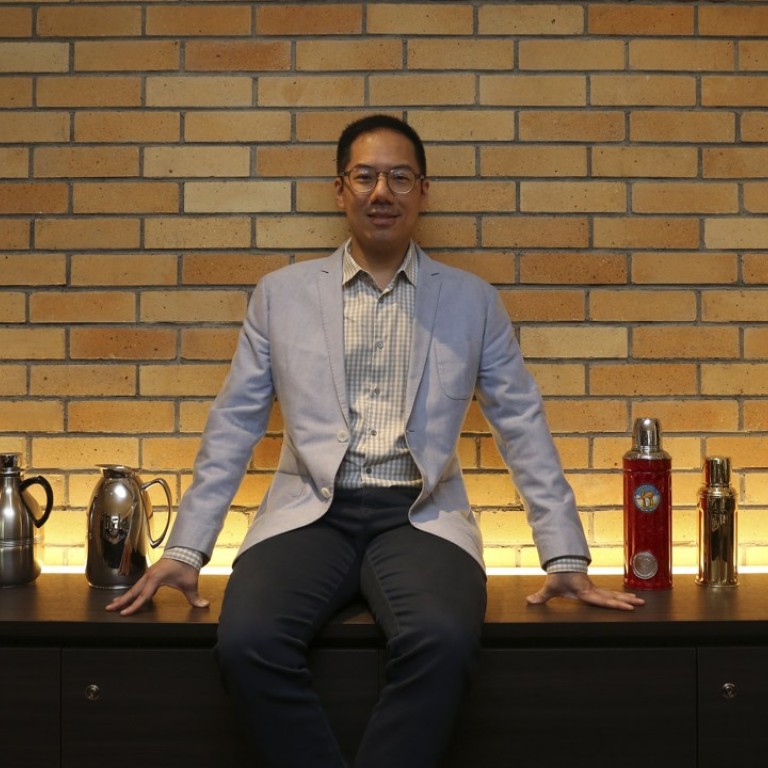
Made in Hong Kong: the Camel vacuum flask, once an essential for school packed lunches, and the story behind it
In the 1940s, most Hongkongers relied on vacuum flasks to keep liquids hot or cold, usually made by local brand Camel. Today, the company is still making them, and runs a vacuum-flask-themed hotel in Kowloon Bay
Before electronic appliances became household staples, vacuum flasks were a necessity to keep drinks hot or cold for long periods of time. Hong Kong-made Camel flasks, with casings featuring colourful peonies or industrial-looking grooves, were the container of choice for many local families, and many still fondly remember them.
Douglas Young, co-founder and creative force behind Hong Kong design brand GOD (or Goods of Desire), has boyhood recollections of Camel flasks because his mother used to give him hot soup in one to take with him to primary school.

According to Phaedrus Lam, assistant editor of Hong Kong cultural brand and magazine Obscura, the flasks were one of the first Hong Kong products to be used subtly as props in films many decades ago, which reflects how popular they were.
“In old Hong Kong films, you can often spot insulated water bottles, which are bulky and colourful with floral patterns. In fact, most of them are Camel products,” he writes, adding they were usually red because it is an auspicious colour in Chinese culture.
A recent wave of nostalgia among Hongkongers – for classic dishes to cheongsams and wind-up toys – extends to Camel flasks. Instead of teapots being refilled in the kitchen, the old school flasks have reappeared on tables in some restaurants, including Dragon Noodles Academy in Central. They also made a cameo appearance in the 2017 romantic comedy Love Off the Cuff.
“It’s wonderful to see them again, which is like seeing a long lost friend,” says Young. “I don’t think it’s just peculiar to this age, but to all those with fond memories of their youth.”
Raymond Leung Ching-chao, a third-generation member of the family that manufactures the flasks, is happy that Hongkongers have a soft spot for Camel products, but he’s also keen to point out that the company is still producing them, even though its old Kowloon Bay factory was recently converted into a luxury hotel.
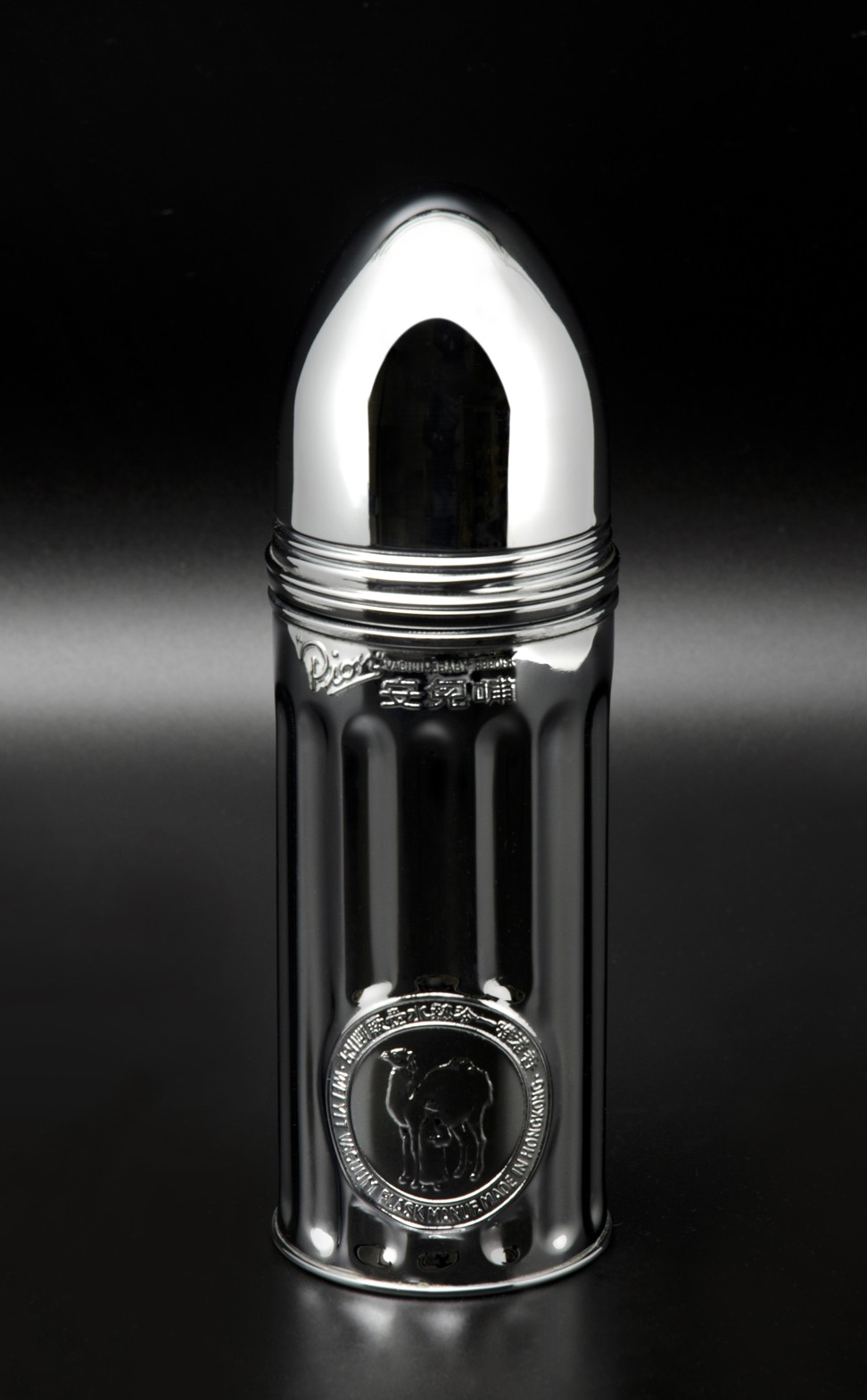
Analogue products provide a more tactile user experience than their digital counterparts. The joy is in the touch and smell
“[The company] was basically started because back in the 1930s my grandfather saw a good market for vacuum flasks ... he decided to take on the manufacturing himself,” says Leung.
“Back in the day, hot and cold water were much less readily available. It was energy consuming to make hot water so I think people tended to heat up water maybe once a day and find ways to keep it warm. The same goes for keeping ice cold.”
The company initially made flask components for other brands; Camel was born in 1940, after the elder Leung decided to produce his own products.
The name was chosen because the animal can survive for long periods in the desert without water, and Leung’s grandfather regarded it as an enduring creature.
Despite the high demand, though, the company had a rough start – the first factory was only in operation for six months before the Japanese army invaded Hong Kong on Christmas Day, 1941. The Leung family reurned to their hometown, Xinhui in Guangdong province, to wait things out.
When the second world war ended, the Leungs returned to Hong Kong and resumed production of flask parts. Two years later, the company developed its first fully integrated Camel vacuum flask, called Model 147, with its signature grooved, vertical casing.
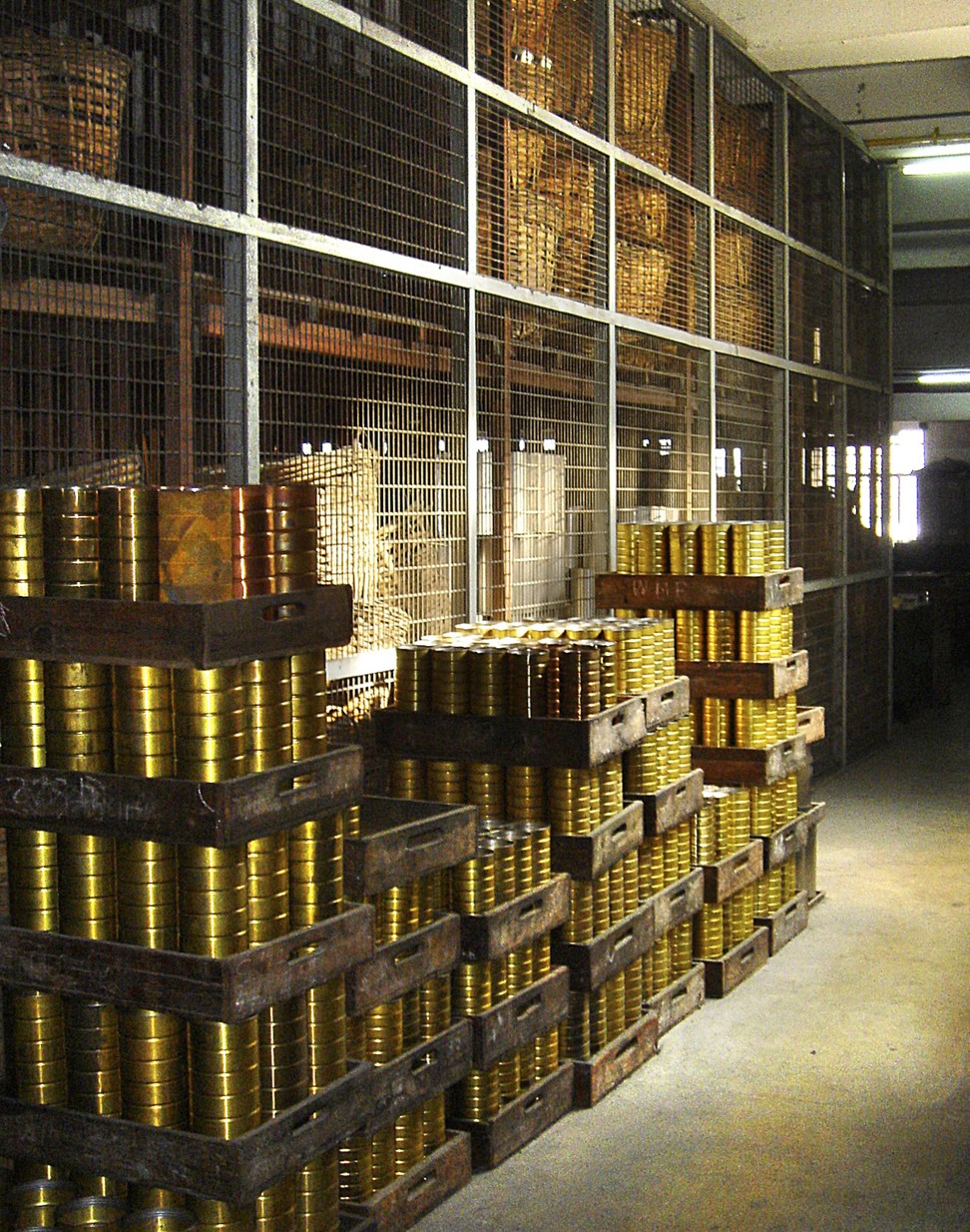
Initially, the parts used to manufacture vacuum flasks were made in three different locations around Hong Kong. Then, in 1954, Wei Yit built its first integrated factory, called Camel House, on Palm Street in Tai Kok Tsui.
In the 1970s, the company began to develop products from stainless steel, such as coffee pots and ice buckets, and used the metal for another signature flask design, the lido spout, which resembles a bird’s head and bill. The convex protective cover prevented dust from settling on the stopper and made the flasks more aesthetically pleasing.
Leung’s father, Philip, embarked on successful trade missions worldwide to market and sell the company’s products, including vacuum flasks, coffee jugs and ice buckets, visiting Britain, Germany Switzerland, Scandinavia, the United States, Australia, and countries throughout Southeast Asia and Africa.
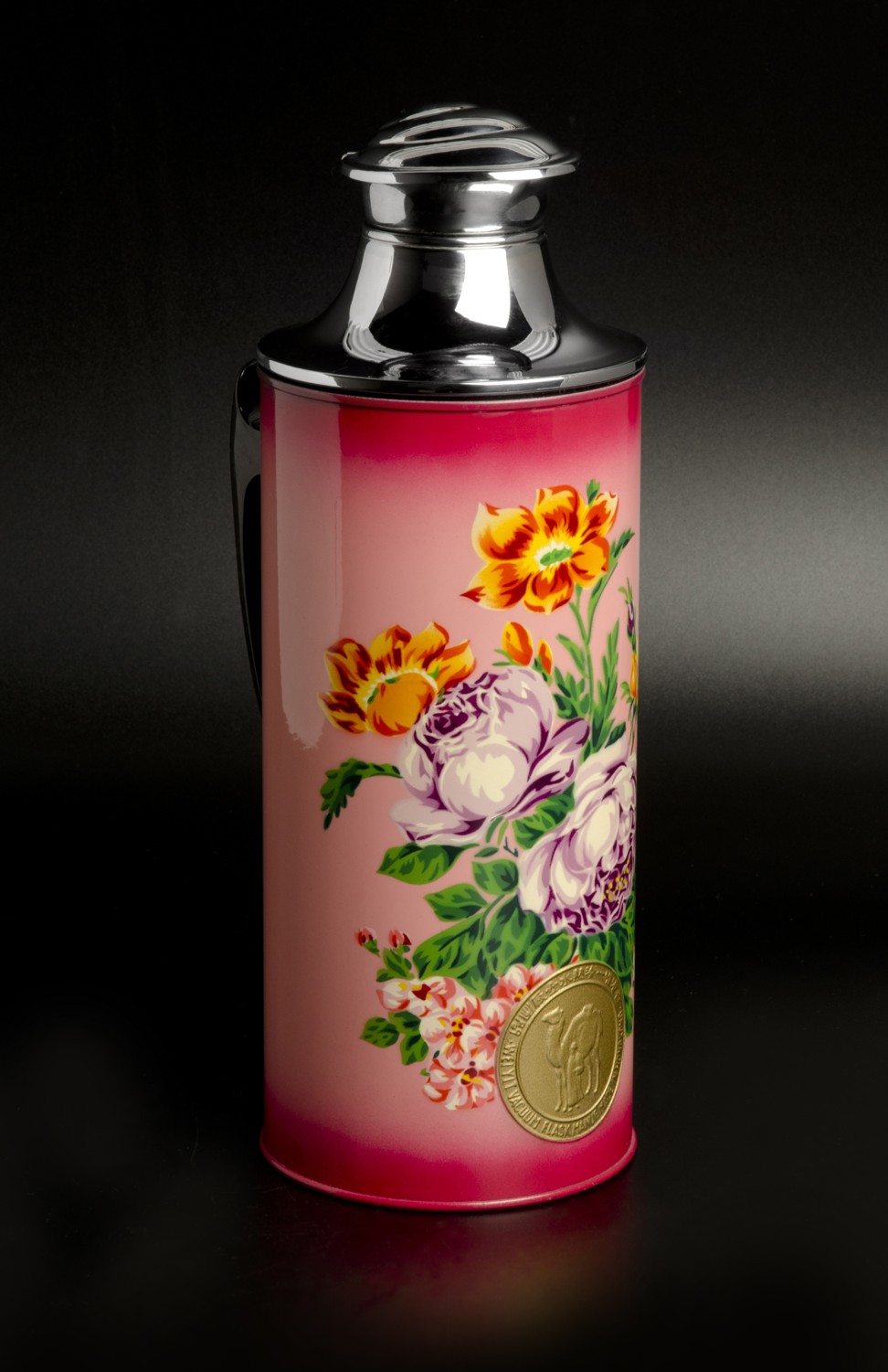
Although the Leung family had the option of leaving the city and resettling in Britain, they decided to stay put and complete development of the factory, named New Camel House, which opened in 1986.
“My father brought me to this factory when it was being built in the 1980s, so I have memories of the construction,” Leung recalls. “I remember it very well. There were parts that were very hot, being a glass-making furnace … [My best memories] were the furnace, I would say. I remember playing football there while the factory was being built.”
New Camel House produced Camel products until 2010, after which production shifted to two other locations in Kowloon.
These days, the components of Camel flasks remain the same, but the design is more neo-retro.
“Camel still uses double-layered glass to form the inner core of their bottles. Such technology may appear a bit dated compared with the stainless steel parts more commonly seen nowadays, and the glass inner core might shatter due to excessive shaking or collision,” says Lam.
“However, when it comes to insulation and durability, it performs better than stainless steel. And in fact it has one more advantage: glass is better than stainless steel at preserving the original flavour of drinks.”

“In the last couple of years we’ve tried to find more niche markets. We ask our sales and marketing team to look at the health-conscious set, because we have a glass interior, and glass, being an inert material, is considered a more healthy option. A glass vacuum is a good insulator,” he says.
Young says: “There will always be more convenient modern alternatives. This is not just restricted to household products. Think of music downloads versus vinyl records, digital news versus newspapers. Analogue products provide a more tactile user experience than their digital counterparts. The joy is in the touch and smell.”
In May, following an extensive renovation, New Camel House was reopened as Kowloon Bay’s first hotel. The façade hasn’t changed, except for a fresh coat of paint, but the interior of the Camlux Hotel has been gutted to accommodate 185 guest rooms.
The interior design features motifs of the brand’s vacuum flasks throughout, such as the glass innards that decorate the reception desk, bricks from the furnace in the lobby, and an exhibition space displaying photographs of the former factory and vintage Camel products.
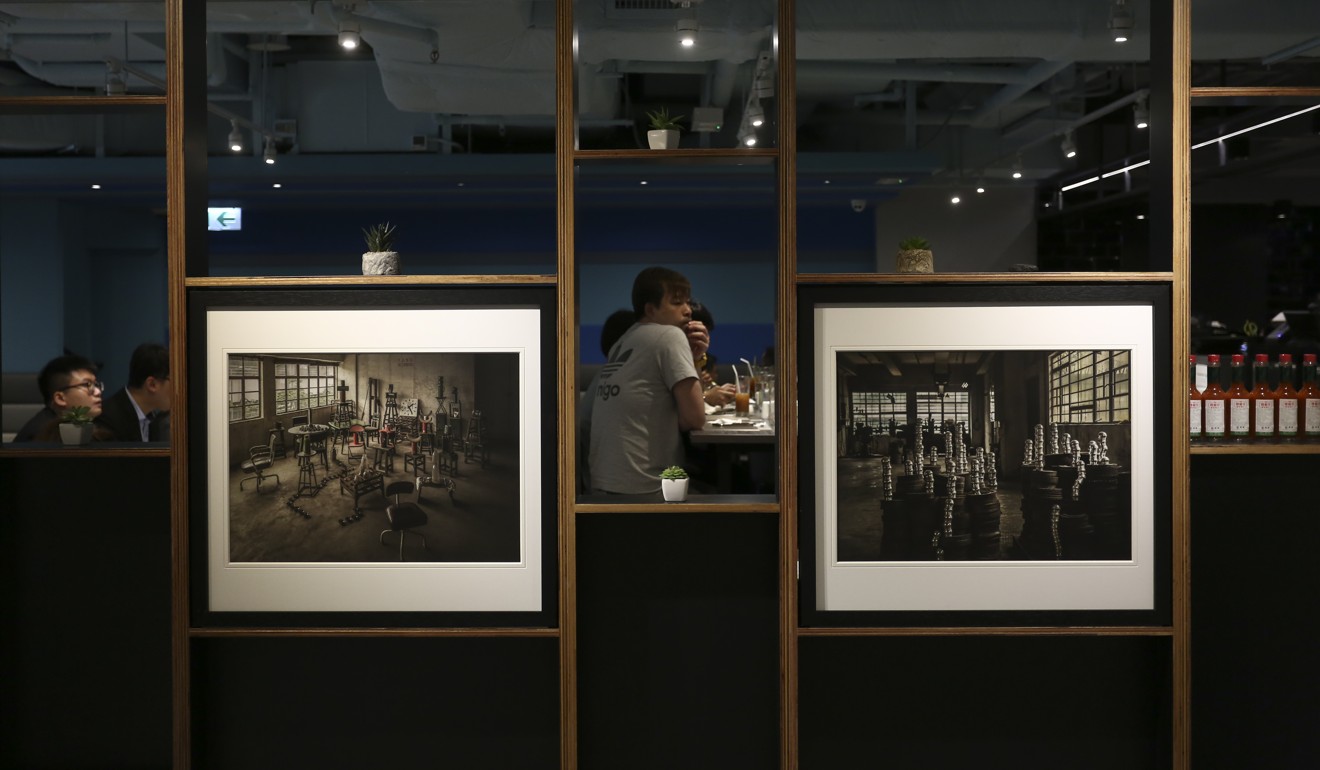
Leung hopes that these little discoveries by hotel guests will further spread awareness of the Camel brand or, in the case of those yearning for the past, feed the nostalgia.
“There will always be a need to keep some of the past alive as long as humans yearn for a sense of continuation,” Young says. “Traditions help bolster our individual identities in a world that is becoming more homogenised through globalisation.”

